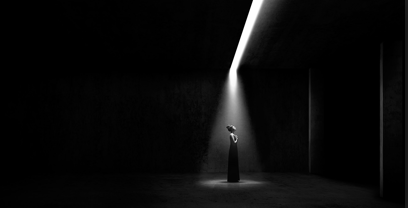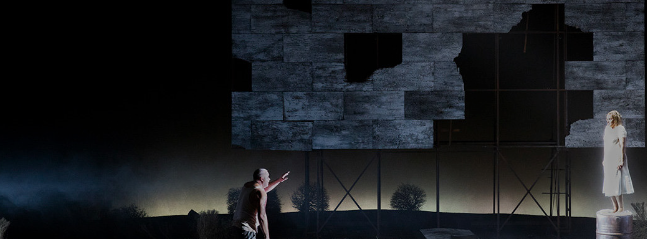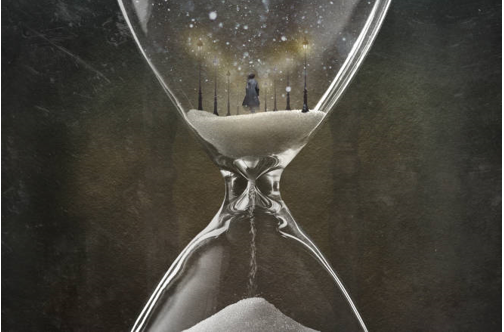Aida at the English National Opera
Aida was premiered in Cairo’s Opera House at the end of 1871, having been commissioned by the Isma’il Pasha. Its premier was meant to coincide with the opening of the opera house, but as a result of the Franco-Prussian war the scenery and costumes were stuck in Paris and Verdi’s Rigoletto was performed instead, with Aida premiering later in the year. The premiere was met with great critical acclaim and the European premiere was held in February 1872 at La Scala Milan. Over the next 20 years the opera became part of the staple repertoire of opera houses all over Europe and America, where different productions tried to deal with the passionate nature of relationships between three high born individuals, ultimately ending in inevitable betrayal.
The first televised performance of Aida was a concert performance in New York in 1949 by NBC and conducted by Toscanini, with Richard Tucker as Radames. Other performances in the 50’s and 60’s saw Callas, Tebaldi and Bergonzi performing under the baton of the likes of Serafin and Karajan. One of the most famous recent productions was at La Scala Milan in a new Zeffirelli production, where Roberto Alagna was booed for his opening aria ‘Celeste Aida’ and as a result walked off stage and was dismissed for the rest of the performances. Aida is the second most frequently performed work after Puccini’s La Boheme.
This new Aida for English National Opera was directed by Phelim McDermott, who has successfully produced the Philip Glass operas, Satyagraha and Akhnaten, at ENO over the last few years. His concentration on imagery allowed us to enjoy visually some wonderful scenes, but unfortunately this was probably at the expense of clear direction. The sets were interestingly designed by Tom Pye and in this respect there was much to admire. Some of the scenes were outstanding, particularly the second scene of Act 1 inside the Temple of the Vulcan, as well as the whole of Act 4, particularly in the Hall of the Temple of Justice. Visually these were outstanding pieces of opera, but there were negatives as well. It did not appear that McDermott had captured the full extent of the glory of Radames triumphant return from his victory battle in the final scene of Act 2 at the Grand Gates of the City of Thebes. His vision here was not of a joyous celebration with huge crowds and dance, but was marked by the symbolic return of coffins, which did not seem to match with the musical score or the Egyptian King’s decree that Radames ‘may have anything he wishes’ for his success. It was a shame as this wonderful scene is usually gloriously at the centre of most productions.
The costumes were a mixture of antique and modernity and only worked in parts with an interesting divergent template for the ensemble, but a somewhat inelegant costume mix for the principles.
However, musically this was first rate, particularly under the baton of Keri Lynn-Wilson, who gave us a steady and careful reading of the score. The singers and chorus were well guided by her and left free vocally to produce some outstanding singing. This was led by the Aida of the African American soprano, Latonia Moore, who was born in Houston Texas. She has an outstanding voice of great amplitude and only occasionally lacked in the slow subtle parts of her role. However, hers was an outstanding debut for this company. The intensity of her singing was matched throughout by her Radames, the Welsh tenor, Gwyn Hughes Jones, who sang with great resonance throughout. His tenor might not be the prettiest of sounds, but you never feel short changed by his output and ardour.
The Amneris was sung by the American mezzo soprano, Michelle DeYoung. This actress/singer has had an outstanding career, but the lower parts of her voice now seem slightly worn. However, she really came into her role vocally in the fourth Act, particularly in the judgement scene, where her aria ‘Alas I Feel Death’ sent a chill through the audience. However, for some reason she showed us no passion or direction in her role, singing more of a stand and deliver performance at a time when she is at the depth of passion, about to lose the love of her life. This lack of passion was somewhat of a recurring theme and it might appear that McDermott’s direction missed a trick here. Too often did singers sing out to the audience instead of to their fellow performers where passion, intensity or defiance was required.
There were further interesting portrayals from the Trump like King of Matthew Best and also the deep bass Ramfis voice of the Jamaican born singer, Robert Winslade Anderson, who studied his trade at the Royal Academy of Music. Aida’s father, Amonasro, the King of Ethiopia, was ardently sung by the glowing rich voice of the young South African bass baritone, Musa Ngqungwana.
Not a perfect night, but a worthy one, with one young opera novice commenting at the end ‘What a Show’. The audience liked it, but I am sure in the years to come, there will be many changes made to the direction, which will make it even more accessible.
David Buchler







